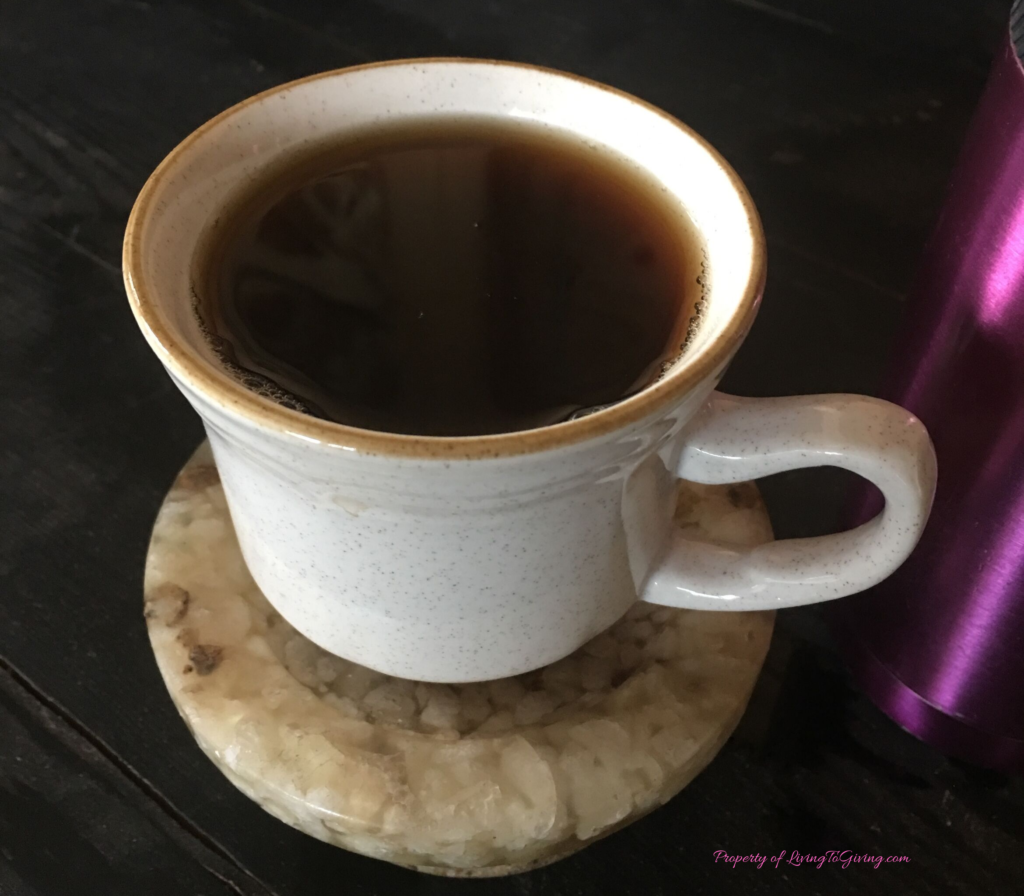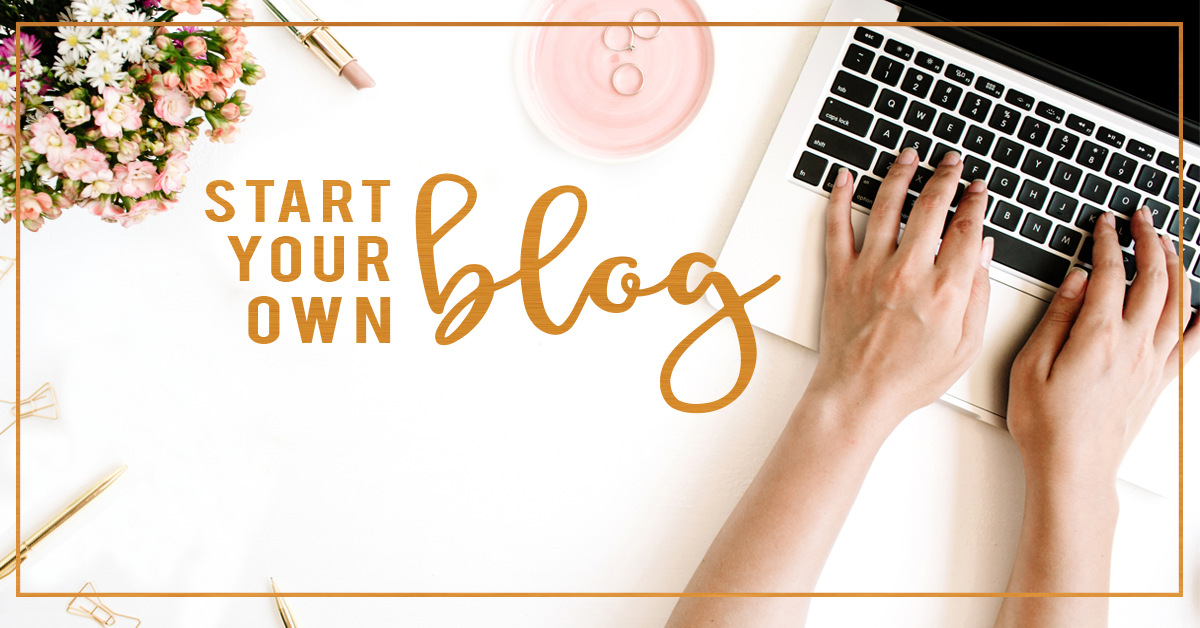Brew Tea by John
How To Brew Tea the English Way
To brew tea is an art and has usually been linked to the British and Chinese. Americans have their coffee; English have their tea. Whether this tradition came out of rebellion for the taxes levied by the British in the 1700’s, or just because it is easier to make a cup of coffee than it is to take the time to brew a good cup of tea is your decision. I find that a good cup of brewed tea is easier on the stomach than a cup of coffee which is most likely due to the acid factor of each. It is not as hard to brew tea as it sounds, but it is a skill that lacks in our fast paced, instant society.
“Some people will tell you there is a great deal of poetry and fine sentiment in a chest of tea.” – Ralph Waldo Emerson
Field Coffee or Brew Tea
I am an Air Force veteran. We were working long hours in the heat and dust while on deployment and drank a lot of coffee to maintain our energy. But the only coffee that was available was the worst stalest coffee that I ever had the displeasure to taste. The British unit that was working with us finally had enough of the horrid blend and sent a soldier to fetch the proper fixings for a pot of tea. I was not much of a tea drinker then, but when they poured me that cup of tea, the exhaustion and crummy surroundings disappeared, and all was right in my universe for a moment.
“Where there’s tea, There’s hope.”
Arthur Wing Pinero
Types of Tea You Can Brew
The amount of caffeine and other healthy ingredients vary with the type of tea. With the exception of herbal tea which is derived from different plants and blended to create whatever mixture you want, the caffeine and theanine and other substances that are contained in each type of tea are consistent because they are derived from the same plant.
Caffeine varies in each type of tea. *Theanine when combined with caffeine promotes a calm alertness. *Read more on Theanine effects and info here: L-theanine, a natural constituent in tea, and its effect on mental state – PubMed (nih.gov)
The health effects and flavors also come from the amount of time required to brew each type. I use loose tea in my teapot and bags when I brew a cup. The loose-leaf tea is usually in bulk and most of the time is a higher quality than the bags.
Tea Selections
- Herbal – No pure herbal tea naturally contains caffeine. This type of tea requires about 4 minutes of brewing to bring out the best in taste. My favorite is the mint family which is especially refreshing in the summer.
- Black – bags or loose tea are brewed for 4 minutes for best flavor. Black teas have a healing effect on the circulatory system. The black teas are oxidized more completely than the other blends of teas. These have the largest caffeine content that varies from 60-90 mg*.
- Green – are usually brewed for 2 minutes, are rich in antioxidants and also contains the highest amount of Theanine. It also contains properties that boost the immune system that help with fighting sickness. Green tea has a lower amount of caffeine at 35-70 mg*.
- White – has a brew time of 1 minute and can be the most expensive blend of tea. White tea is harvested first and is the least processed tea type. It is considered to be the most healthful tea since it contains high levels of antioxidants and theanine. White tea contains the least amount of caffeine averaging 30-55 mg*.
- Oolong – which is steeped for 3 minutes is the most time-consuming type of tea to process. Oolong is the most complex in flavor as well, some describe it as being halfway between black and green teas. As far as the process to create the tea, it is most efficient. Oolong tea contains the second highest caffeine content at 50-75 mg*.
- Any blends of the teas are all about flavor and aroma, which is the most pleasing concept of drinking a brew of tea.
*Caffeine is measured by the average 8 oz Cup.
Quality of Water Used to Brew Teas
The quality of water makes a big difference in the taste and quality of your tea. A rule of thumb is not to use city water or tap water, instead use quality distilled or spring water. The next suggestion is to treat your water kindly which means running the tap a little so the waters nicely aerated. Only boil the water once to keep the oxygen level up, oxygen in water helps make the tea flavorful.
Don’t microwave your water as it may become superheated and cause burns to hands or face. This happens when the water boils past the boiling temperature without looking like it is boiling. The water then erupts when removed from the microwave and I think that ruins the taste and the ritual of brewing your tea.
Sugar, Honey or Sweetener
When it comes to sweetening your brew, there are many ways to do so.
Use honey, for a smoother taste. Honey also adds flavor to the blend depending on what honey you use. Honey is more of a whole food which has the added benefits of minerals and other substances to increase the wellness of your health.
White sugar is great in some brews but in others it tends to have a slight bite to it. So, experiment with it to get your favored pairings. As alternatives to sugar or honey there are artificial sweeteners which cause more health issues than help them. There are plant-based sugar substitutes. But my preference remains honey or sugar depending on the type of tea.
Type of Milk

Only add milk products to black teas. Some white and oolong tea blends will take milk. But for the most part adding milk to any other tea than black you will degrade the taste of the tea. You may want to do like I do and use whole milk. I like using the name brand products rather than the store brand, unless you have found one that is higher quality. You can use skim, whole, half and half, and heavy cream. Each type of milk depends on the blend and type of tea. So, experiment and choose the mix according to your taste.
“The milk-first school can bring forward some fairly strong arguments, but I maintain that my own argument is unanswerable. This is that, by putting the tea in first and stirring as one pours, one can exactly regulate the amount of milk whereas one is liable to put in too much milk if one does it the other way around.” – George Orwell
Lemon
With black teas, especially Earl Gray, a drop or two of lemon adds to the experience of enjoying your tea. Use a whole lemon fresh squeezed or use lemon juice depending on your method and availability.
Length of Time To Brew Tea
| Tea Type | Brew Time |
| Black Tea | 4 minutes |
| Chai Tea | 5 minutes |
| Green Tea | 2 minutes |
| Herbal Tea | 4 minutes |
| Red Tea | 4 minutes |
| Oolong Tea | 3 minutes |
| White Tea | 1 minute |
| Cold Brewed Iced Tea | 5 minutes |
For milder tea flavor, shorten brew time.
Increase brewing time for stronger tea flavor.
Personal Taste
While milk and sugar are a matter of personal taste, we find that some blends are enhanced with a little added sweetness or creaminess. When adding milk, I pour it into the cup before adding the tea. This mixes the tea and milk and also. This allows the milk to cool the tea, rather than letting the tea heat the milk.
“I am in no way interested in immortality, but only in the taste of tea.” – Lu T’ung
Lu T’ung was a Tang dynasty Chinese poet, known for his lifelong study of the tea culture. He never became an official and is better known for his love of tea than his poetry. Born: 790 AD, Jiyuan, China. Died: 835 AD, Chang’an.
If you enjoy herbal tea, check out this post on Rose Hip Tea. Most herbs can be made in the same way as Rose Hip Tea. Or read John’s other post on what to serve with your cup of tea.

Pingback: Serve A Biscuit With Your Perfect Cup Of Tea |
Pingback: Inspiration Lifestyle Blog | Living To Giving